6th Japan Construction International Award
Pioneering Activity Category
Innovation Partnership Quay Walls
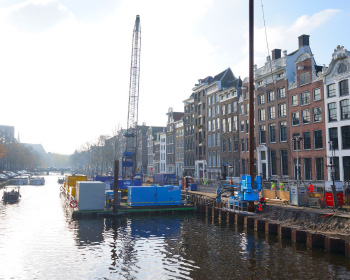
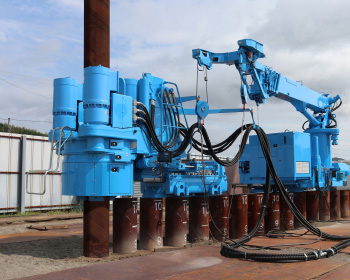
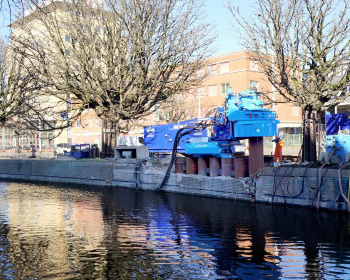
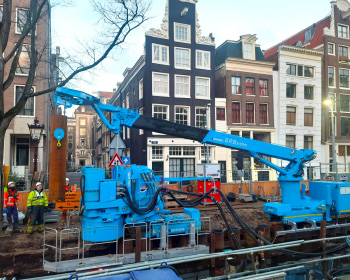
Project activity overview
- Quay wall renovation typically involves a complex process of removing the existing quay walls after building temporary walls and then constructing new ones. The problem is that securing a construction space and conducting massive temporary wall construction work requires a lot of time and money. GIKEN has developed a construction method that enables renovation work to be done with minimal impact on surrounding areas without the need to build temporary quay walls and remove existing walls.
- The Canal Ring Area of Amsterdam in the Netherlands, a World Heritage site, has seen its quay walls deteriorating significantly in recent years. The City of Amsterdam publicly sought ideas on the development of new technology that would accelerate quay wall renovation, and the proposal earned the top rating. There are three phases:(1) bidding, (2) R&D and (3) commercialization. Currently, demonstrative construction is underway in the R&D phase of (2).
- After it completes the demonstrative construction in the R&D phase in July 2023, the company will seek to win a large-scale project in the commercialization phase.
Data
Period:From May 2020~
Applicant:GIKEN LTD.
Relevant Companies:Giken Europe B.V.
G-Kracht B.V.
Country of activity:Amsterdam, Netherlands
Excellent points of the project activities
- The Gyropress Method adopted for this project is Japan’s unique technology of high quality developed by GIKEN. The company’s press-in technology allowing vibration-free, noise-free and space-saving renovation with no need for temporary walls was highly evaluated in the bidding phase. Of the 16 groups of bidders, the group earned the top rating and concluded a technical development partnership agreement with the City of Amsterdam. It means a lot that a domestically nurtured high-quality technology like the Gyropress Method was praised and adopted in a demanding market with stringent social requirements.
- As the technology deployed in Amsterdam received attention and acclaim, it was also adopted for a canal quay wall renovation project of The Hague, Netherlands. The press-in process of the demonstrative construction was completed in July 2022. This project aims to renovate about 24 kilometers of quay walls, and GIKEN seeks to have its press-in technology used continuously after the demonstrative construction. Ever since this technology attracted increased attention during the quay wall renovation project of Amsterdam, its use has been growing steadily. GIKEN hopes that the technology will spread to quay wall renovation and other large-scale projects in other municipalities in Europe.
Disaster Management Policy Program(DMP)
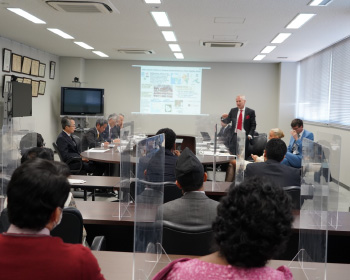
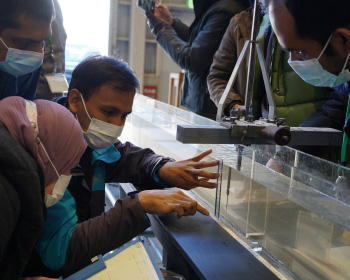
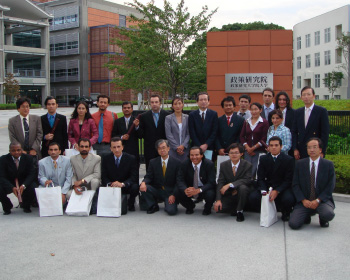
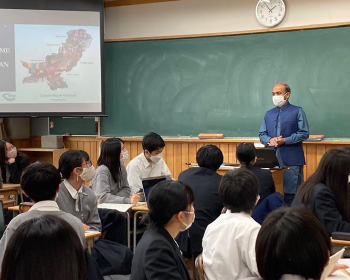
Project activity overview
- While there are few engineers in developing countries who have sufficient knowledge and know-how related to earthquakes, floods and other disasters, Japan has accumulated a wealth of superlative knowledge and know-how related to disaster prevention. The Disaster Management Policy Program (DMP), a cross-organizational initiative in operation since 2005, works to foster human resources in the field of disaster prevention in developing nations.
- Intended primarily for government employees, engineers and researchers in developing nations, the DMP offers lectures and exercises over a one-year period to enable participants to acquire the knowledge and skills necessary for disaster prevention policy making, and to learn about the theory and practice behind disaster prevention policies based on Japan’s experiences. Designed to develop human resources, the program provides an opportunity for participants to gain the ability to apply knowledge, skills and policy theory to the work of solving problems specific to their home countries.
Data
Period:From December 2005~
Applicant:National Graduate Institute for Policy Studies (GRIPS) / International Institute of Seismology and Earthquake Engineering(IISEE) Building Research Institute(BRI) / International Centre for Water Hazard and Risk Management (ICHARM), under the auspices of UNESCO, Public Works Research Institute (PWRI) / Japan International Cooperation Agency (JICA)
Program activity locations:66 countries (and regions) since the start of the program in 2005
Base:primarily Japan
Excellent points of the project activities
- From 2005, when the DMP was launched, to the present, students from 66 countries (and regions) have completed the program. Of the 503 graduates, 127 studied seismology, 143 earthquake engineering, 63 tsunami disaster mitigation, and 170 water-related disaster risk management. Today, the majority of disaster prevention experts in developing nations are ex-DMP participants, and Japan’s accumulated technological expertise in this field is recognized worldwide.
- Many DMP graduates have taken up major posts in government agencies, research institutes and other organizations in their home countries, formulating and implementing policy related to topics including buildings and other infrastructure and disaster prevention. They also serve as professional engineers who design, inspect, maintain and manage buildings and other infrastructure. Some graduates teach younger cohorts at universities and other educational institutes. These activities of the graduates contribute to the promotion of disaster prevention measures significantly in each nation, and as a result Japan is acclaimed for its disaster prevention programs and related technologies.